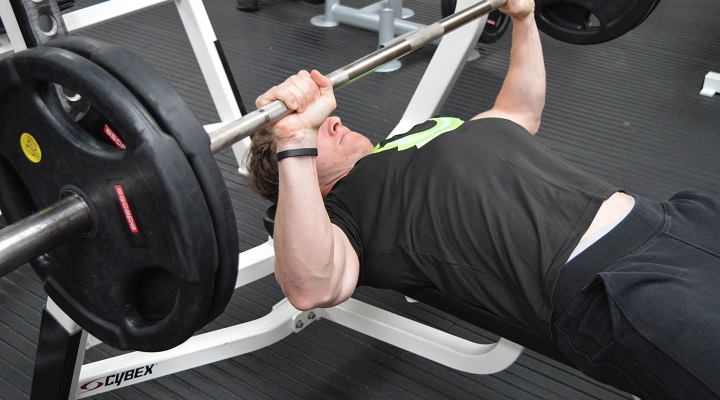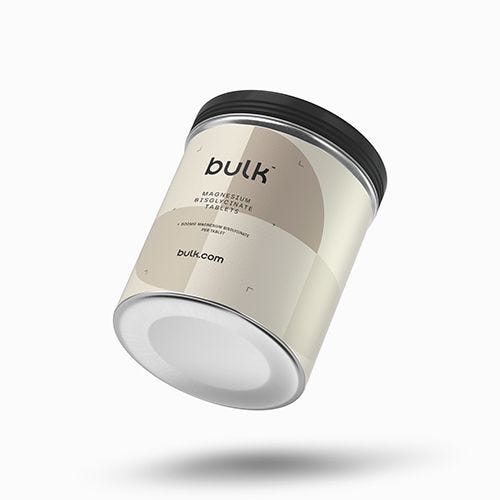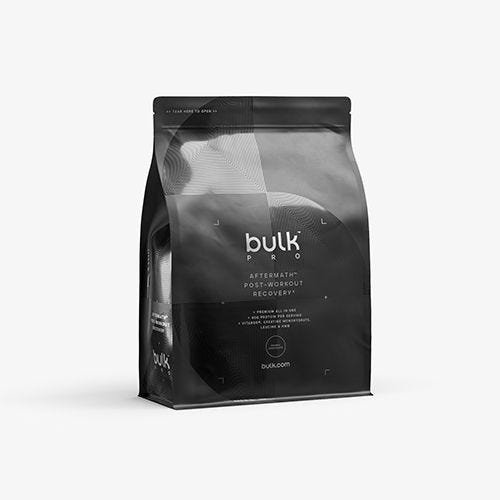German Volume Training (GVT) is a weight training technique designed to maximise lean muscle growth with its unique ability to place vast amounts of stress onto one motor unit (group of muscle fibres).
Developed in Germany in the 70s, German volume training (GVT) was taken up by national weightlifting coach Rolf Feser and used primarily in the off-season to bulk athletes up, increasing their lean body mass and help them build muscle with GVT.
Sometimes referred to as the ‘Ten Sets Method’, the workout consists of 10 sets of 10 repetitions, with minimal rest between sets. Used by Olympic weightlifters and professional bodybuilders, GVT is world renowned for promoting hypertrophy; this means increasing cell size of skeletal muscle. Highly recommended by one of the most successful strength coaches, Charles Poliquin – GVT has been used time and time again for over 40 years in building muscle mass effectively in short time frames.
Over a 6 week period the goal is to complete 10 sets of 10 reps with 60% of your one rep max (1RM), due to cumulative fatigue this will take some weeks to accomplish.
WHY IT WORKS
GVT works by recruiting the same motor units for every set so as to place the greatest stress on muscle fibres leading to maximum muscle growth. Using one compound exercise the 10 rep range ensures the maximum hypertrophy benefits by training the same group of motor units with a large amount of volume. This means the exercise and angle stays the same for 10 sets putting extraordinary stress on the same muscle fibres.
HOW TO BUILD MUSCLE WITH GVT
Pick one compound lift for each GVT section of your workout, the focus for each session should be on one muscle group. For example ‘bench press day’, here you use the bench press to carry out GVT before moving on to the rest of the session.
The aim is to complete 10 sets of 10 reps with a weight roughly 60% of your 1 rep max for the compound lift, so if your 1RM is 100kg for the bench press, shoot for 10 sets with 60kg. Ideal rest between sets is short at only 90 seconds, which further challenges your recovery time.
For the majority of lifters, 10 reps consistently every set will be very challenging, cumulative fatigue may only allow for 4 – 6 reps in the last few sets. If this is the case don’t worry, you are aiming to get 10 reps, but if you fail before that point your muscles have succeeded in being sufficiently fatigued so stop, rest and move on to the next set.
After completing the GVT part of each workout, complete 1-2 more exercises on the same muscle group for 3 sets, 8-12 reps. This will ensure, firstly you are not overtraining – which is detrimental to muscle growth, and secondly that you stick to a hypertrophy rep range for the remainder of the workout.
Try GVT by rotating four different workouts with a specific focus for each.
Sample bench-press day workout:
- Bench Press GVT – 10 x 10 rest 90s between sets.
- Incline Flyes – 3 x 12 rest 90s between sets.
- DB Shoulder Press – 3 x 12 rest 90s between sets.
Sample week:
Each GVT lift followed by two additional exercises on the same body part.
For this classic GVT plan, follow each training day with one rest day.
After completing the 6 days, start the cycle again on ‘Day 1’ for 6 weeks.
- Day 1 – Squat Day GVT
- Day 2 – Bench Press GVT
- Day 3 – T-Bar Row GVT
SUPPLEMENTATION
A GVT program may be the very thing you need to break your plateaus and gain muscle mass. As with any high volume training plan, it’s important you fuel your body for success. The post-workout window is the perfect time to replenish with vital nutrients. Make sure you’re taking on board a quality supply of protein and carbohydrates. A supplement like AFTERMATH™ is ideal, or for those looking for more, INFORMED MASS™ will deliver a greater calorie load.
Due to the high demands placed on the Central Nervous System, make sure you incorporate the alternate rest days between GVT sessions. In addition, supplementing with Magnesium Bisglycinate can be beneficial. Magnesium plays an important part in supporting the transmission of neurotransmitters across the synapse in our nerves. In addition, Magnesium is also important in the production of Dopamine – which can have a calming effect on the brain. It is important to replenish and allow the body to repair after training sessions, especially with an intense program and while you build muscle with GVT.
Related articles
Looking to learn more? We believe that every person, with support, has the right to transform their lives through fitness. That’s why we’ve put together hundreds of articles with expert advice, all to help you on your fitness journey.
Why are fats important in a healthy diet? How to order your exercises
Kettlebell complexes What is gym motivation?
No equipment outdoor workouts Tips for returning to training
How to fit a workout around your 9-5 How to bulk properly
What is a SMART goal? Sources of carbohydrates

















